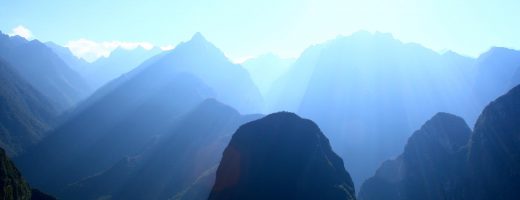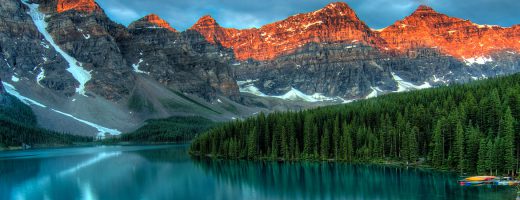Intro: From the Pacific to the Andes, Peruvian culture spans many civilizations across beautifully rugged terrain. It also contains different views of homosexuality. In Peru, sexual labels vary with an individual’s behavior and self-definition. Meanwhile the gay ‘scene’ in Lima has become quietly lively.
Peruvian territory was home to the Norte Chico civilization, one of the oldest in the world, and to the Inca Empire, the largest state in Pre-Columbian America. The Spanish Empire conquered the region in the 16th century. Peruvian culture is primarily rooted in Amerindian and Spanish traditions.
Homosexual acts among consenting adults are legal. An exception is made for all military and police personnel, who can be punished with between 60 days to 20 years imprisonment or discharge from the forces. Homosexuality can also be used as grounds for separation or divorce. Laws meant to protect "public morals" are often used against lesbians and gays. Society’s attitude towards homosexuals is generally hostile and is heavily influenced by the Catholic Church. In the 1980s the founding of the organisation Movimiento Homosexual de Lima (MHOL) managed to bring about at least a slight change in the way the media treated homosexuality. See gay rights in Peru.

Peru – Cuzco and Machu Picchu
The usual tourist route through Lima, Cuzco and Machu Picchu–beautiful and sublime. Peruvian territory was home to the ancient Norte Chico civilization, one of the oldest in the world, and to the Inca Empire, the largest state in Pre-Columbian America. The Spanish Empire conquered the region in the 16th century and established a Viceroyalty, which
Peru – Lima City and Lake Titicaca
Peruvian territory was home to the ancient Norte Chico civilization, one of the oldest in the world, and to the Inca Empire, the largest state in Pre-Columbian America. The Spanish Empire conquered the region in the 16th century and established a Viceroyalty, which included most of its South American colonies. After achieving independence in 1821,


